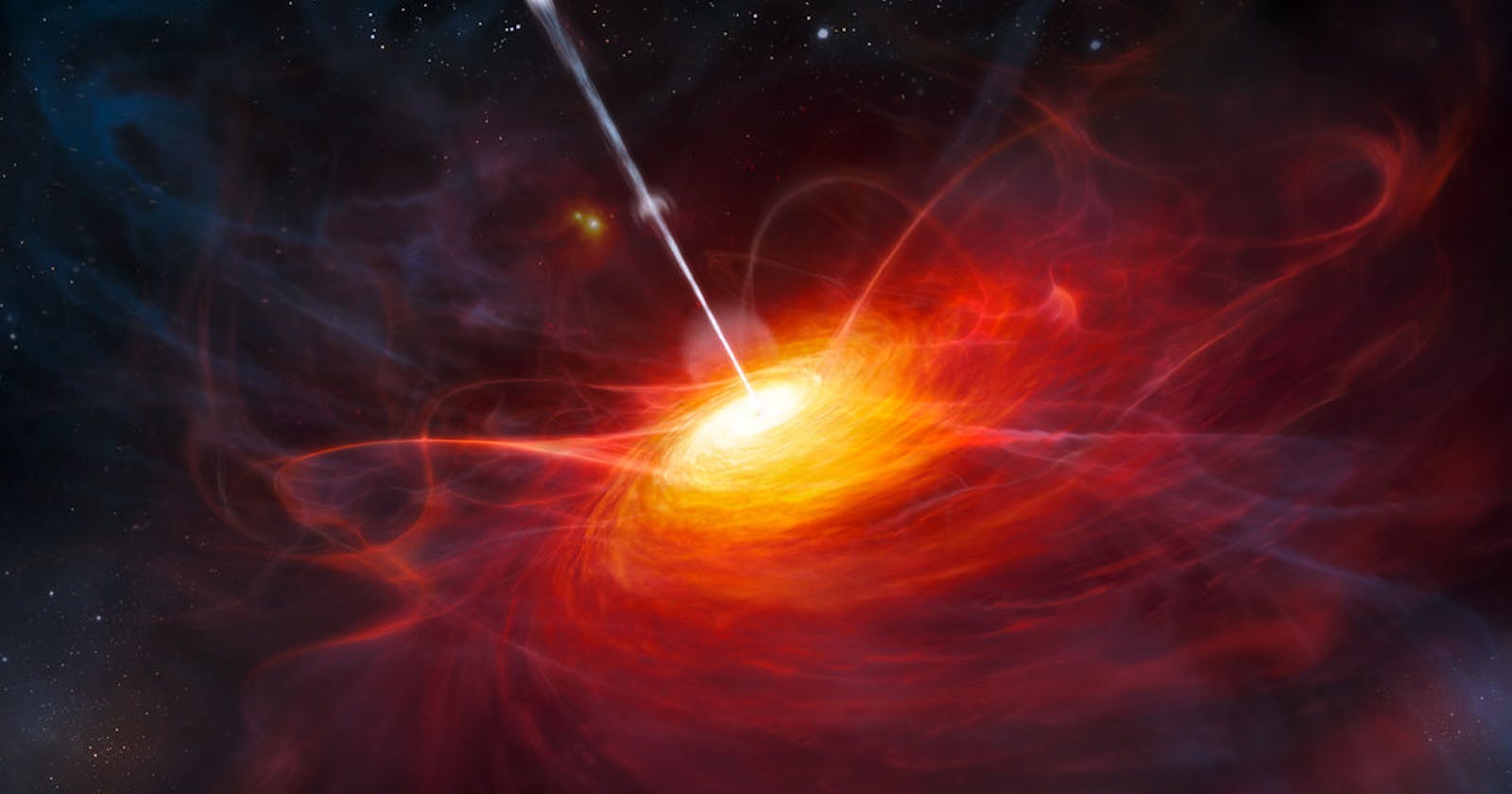Vue.js is a JavaScript framework for building user interfaces (UIs) and single-page applications (SPAs). Vue.js is an open-source framework designed by Evan You and released in 2014. It utilizes a model-view-viewmodel (MVVM) architectural pattern.
Quasar (pronounced /ˈkweɪ.zɑɹ/) is an MIT licensed open-source Vue.js based framework, which allows you as a web developer to quickly create responsive++ websites/apps in many flavours:
- SPAs (Single Page App)
- SSR (Server-side Rendered App) (+ optional PWA client takeover)
- PWAs (Progressive Web App)
- Mobile Apps (Android, iOS, …) through Cordova or Capacitor
- Multi-platform Desktop Apps (using Electron)

In this article we will not go through any programming regarding Vue.js or how to use Quasar. However, have you ever wondered where the name Quasar come from ?
Quasar is short for quasi-stellar radio source, because astronomers first discovered quasars in 1963 as objects that looked like stars but emitted radio waves. Now, the term is a catch-all for all feeding, and therefore luminous supermassive black holes, also often called active galactic nuclei (AGN).
Quasars are some of the most impressive, intriguing, and scary objects in the universe. They are the brightest objects that we know about. And paradoxically, they happen right around black holes.
Nowadays, it is known that almost all galaxies have a black hole in their center. This is called a galactic nucleus (GN) . When this nucleus pulls a lot of cosmological matter (dust, gas, and other material…), the forces exerted create so much friction to the point that a huge amount of light is emitted all across the electromagnetic spectrum. This is called an Active Galactic Nucleus, or AGN for short. Just to give you an idea of the incredible amount of light quasars generate, they can be 100,000 times brighter than the Milky Way galaxy.

One of the coolest things about quasars is that when they are formed, a jet or a stream of intense light shoots out directly out of its pole as if it was a giant laser.
Our galaxy the Milky Way has indeed a massive black hole located at its center. Since the Milky Way is already a middle-aged galaxy, its quasaring days are probably long over therefore it is not considered active and we are only speaking of galactic nucleus GN.
However, there’s an upcoming event that might cause it to flare up again 😱.
In about 4 billion years, Andromeda is going to cuddle with the Milky Way, disrupting the cores of both galaxies. During this colossal event, the supermassive black holes in our two galaxies will interact, messing with the orbits of stars, planets, gas, dust and everything you’ve ever known in this galaxy 🌌.
I hope that you enjoyed reading this article 🙌.

